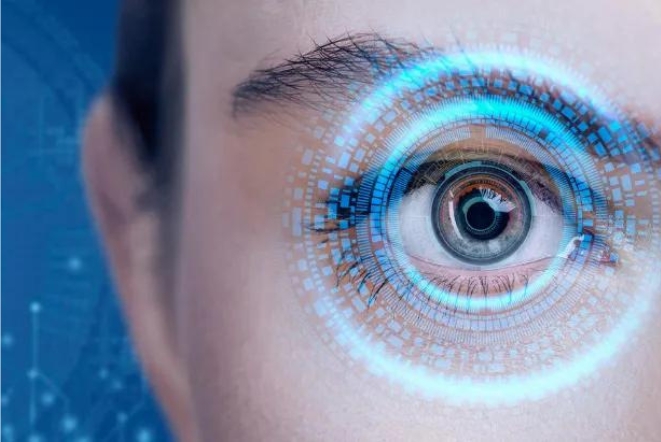
Key Takeaways
- Advancements in eye care technology are improving diagnosis, treatment, and accessibility for all age groups.
- Wearable devices, artificial intelligence (AI), and telehealth are becoming essential in modern eye health management.
- Preventive strategies, early detection, and patient education remain priorities for healthy vision.
- Resources from organizations like the American Academy of Ophthalmology and the National Institutes of Health help guide the latest in vision care.
The Changing Landscape of Eye Care
Eye care is transforming at an unprecedented pace, driven by breakthroughs in digital technologies and innovative medical hardware. With more than 2.2 billion people worldwide experiencing some degree of visual impairment or blindness, accessible and improved solutions are more vital than ever. Embracing reliable clinics ensures patients have access to modern infrastructure and expert support, reflecting this wave of innovation in vision care.
Public interest in proactive eye health is fueling a shift towards personalized care and advanced prevention strategies. Modern clinics now offer a wide range of technologies that empower patients to take charge of their eye health, making early detection and comprehensive care more readily available to all demographics. To learn more about eye care, click https://ksfamilyoptometry.com/.
Innovative Tools for Early Diagnosis
Earlier detection of common eye diseases is now possible thanks to high-tech devices such as optical coherence tomography (OCT) and portable fundus cameras. According to the National Institutes of Health, artificial intelligence models can now screen for conditions like diabetic retinopathy with accuracy that matches well-trained specialists. By identifying subtle changes in the eye that may not be visible to the human eye, these diagnostic tools significantly lower the risk of irreversible vision damage.
The growing use of AI-driven diagnostics does not eliminate the need for professional evaluations; however, it enables earlier intervention and more precise treatment plans. For patients, this means better long-term outcomes and fewer barriers to receiving timely care.
The Rise of Telehealth and Virtual Consultations
Telehealth is rapidly becoming an integral part of modern vision care, making expert advice and follow-up care accessible even in remote or underserved communities. Video consultations and virtual eye exams ensure that patients can connect with eye care professionals when in-person visits are challenging—promoting continuity of care for those with mobility issues, transportation limitations, or during public health emergencies.
With the integration of secure, high-resolution imaging and app-based evaluations, professionals can now effectively monitor ongoing conditions and provide recommendations without requiring patients to travel. This convenience and flexibility increase the likelihood of regular eye health check-ins and prompt intervention when changes occur.

How Artificial Intelligence Is Improving Outcomes
AI’s influence extends beyond diagnostics, improving predictive analytics and clinical efficiency. AI software quickly processes retinal images, alerting clinicians to issues like glaucoma or macular degeneration. The American Academy of Ophthalmology states these advances lead to better diagnoses and personalized treatments, reducing preventable vision loss. Integrating AI streamlines care, allows more focus on complex cases, and strengthens patient relationships.
Wearable Technology and Home Monitoring
Eye care technology is not confined to clinical environments. Today’s wearable devices and home monitoring tools empower patients to keep tabs on their eye health from the comfort of their daily lives. Innovations in smart glasses, at-home vision tests, and mobile apps have made it easier for users to detect changes in eyesight, track eye pressure, and manage symptoms of chronic conditions.
Forward-thinking solutions, such as smart contact lenses that monitor glucose or intraocular pressure, are under development, potentially revolutionizing the management of diabetes and glaucoma. As these technologies become more mainstream, patients gain new opportunities for proactive engagement in their own care.
Education, Prevention, and Daily Habits
While advanced tools drive new standards of care, foundational habits play an equally important role in maintaining eye health. Following the 20-20-20 rule—looking at an object 20 feet away for 20 seconds every 20 minutes—remains a simple yet effective measure to combat digital eye strain. As screen time grows, these habits are more important than ever.
Educational outreach and online platforms now offer interactive resources for people of all ages, promoting awareness of eye disease prevention, key symptoms to watch for, and actionable steps for maintaining daily vision care. Major health websites, such as Healthline, offer accessible guides to supplement in-person advice.
Future Trends and What Patients Should Expect
The boundaries between digital technology and optometric care continue to blur. In the years ahead, expect to see an increased presence of AI-guided screenings in family medicine and primary care offices, alongside widespread use of home-based vision tracking tools. Patients will enjoy more personalized care, enhanced convenience, and earlier detection of a broader range of potential issues.
Despite these innovations, regular checkups with a qualified eye care professional remain critical for comprehensive exams and treatment planning.
Empowering Individuals To Prioritize Eye Health
As technology makes eye care more effective and accessible, every individual has the opportunity to safeguard their vision more easily than ever before. Combining advanced diagnostic and monitoring tools with time-tested healthy habits ensures the best possible outcomes for our eyes. Commitment to prevention, frequent screenings, and staying informed with credible resources puts everyone on the path to lifelong visual well-being.
